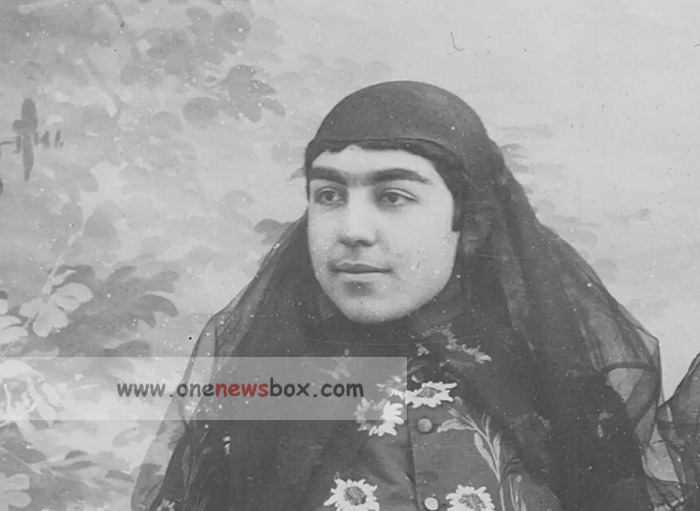Resistance against this autocratic move came from constitutionalists, including figures like Sattar Khan and Bagher Khan, who launched armed resistance from Tabriz and other cities. After a period of civil war, Mohammad Ali Shah was deposed in 1909 and replaced by his young son Ahmad Shah Qajar.
Decline and Fall of the Qajar Dynasty
Ahmad Shah Qajar (r. 1909–1925) was the last ruler of the Qajar dynasty. His reign was marked by continued instability, foreign occupation during World War I, and the inability to assert effective governance. Russian, British, and Ottoman forces occupied parts of Iran during the war, further undermining Qajar sovereignty.
The post-war period saw the rise of a new political and military figure: Reza Khan, an officer in the Persian Cossack Brigade. Backed by the British, Reza Khan launched a coup in 1921 and gradually consolidated power. By 1925, Ahmad Shah had gone into exile, and Reza Khan—declaring the Qajar dynasty defunct—was crowned Reza Shah Pahlavi, marking the beginning of the Pahlavi dynasty.
Etymology and Legacy of the Qajar Name
The name Qajar has uncertain origins but is widely believed to be derived from Qajar Noyan, a Mongol military commander during the era of Genghis Khan. The word “Qajar” is an Arabicized form of the Turkish root “Qaç-ar”, meaning “runner” or “fugitive,” possibly denoting agility or a tribal identifier of mobility.
Another theory suggests that Qajar, Khazar, and Hazara may all derive from an older Eurasian linguistic root—Qasar, akin to the titles Caesar, Kaiser, or Khosrow, denoting nobility or rulership. Though debated, this theory underscores the tribe’s long-standing Central Asian heritage.
Society, Economy, and Culture under Qajar Rule
Despite political failures, the Qajar era witnessed a flourishing of culture, especially in the fields of literature, miniature painting, architecture, and music. The Dar ul-Funun school in Tehran, founded in 1851, became the first modern institution of higher learning.
The 19th century also saw significant growth in foreign trade, which increased from about £2.5 million to £20 million between 1800 and 1914. While this economic development brought some prosperity, much of it benefited foreign merchants and elites at the expense of producers.
The introduction of the printing press, newspapers, and political literature helped awaken a national consciousness among , laying the groundwork for future political movements, including nationalism and constitutionalism.
The Qajar Descendants Today
After the fall of the dynasty, members of the Qajar family dispersed across the globe. With the introduction of mandatory surnames under Reza Shah, many Qajars adopted new family names based on the titles or names of their princely ancestors. Today, descendants of the Qajar dynasty live, Azerbaijan, Europe, and the United States, and continue to preserve their historical heritage through cultural and academic endeavors.
Some of them have formed the Qajar Imperial Family Association, which documents and promotes the dynasty’s historical significance.

